All you need to know about the novel 2019 coronavirus
All you need to know about the novel 2019 coronavirus
WHAT ARE CORONAVIRUSES?
Coronaviruses are a large family of RNA (ribonucleic acid) viruses that are known to cause illness ranging from the common cold to more severe diseases such as Middle East Respiratory Syndrome (MERS) and Severe Acute Respiratory Syndrome (SARS). They are called coronaviruses because the virus particle exhibits a characteristic ‘corona’ (crown) of spike proteins around its lipid envelope.
Coronavirus infections are common in animals and humans. Some strains of CoV are zoonotic, meaning they can be transmitted between animals and humans, but many strains are not zoonotic.
In humans, coronaviruses can cause illness ranging from the common cold to more severe diseases such as Middle East Respiratory Syndrome (caused by MERS-CoV), and Severe Acute Respiratory Syndrome (caused by SARS-CoV). Detailed investigations demonstrate that SARS-CoV was transmitted from civets to humans, and MERS-CoV from dromedary camels to humans.

WHAT ARE THE SYMPTOMS OF THIS NOVEL CORONAVIRUS?
The symptoms can include a cough, possibly with a fever and shortness of breath. There are some early reports of non-respiratory symptoms, such as nausea, vomiting, or diarrhea. Many people recover within a few days. However, some people — especially the very young, elderly, or people who have a weakened immune system — may develop a more serious infection, such as bronchitis or pneumonia.

What is this novel coronavirus 2019?
The new Coronavirus 2019 is a zoonotic virus, which means it is a pathogen that spreads from one species to another, however it is unclear exactly what the origin of this virus is, but the genetic sequence is already being studied (https://www.sciencedaily.com/releases/2020/01/200131114748.htm)
A novel coronavirus (CoV) was identified in 2019 in Wuhan, China. This is a new coronavirus that has not been previously identified in humans.
On 31 December 2019, human cases of pneumonia of unknown etiology were reported in Wuhan City, Hubei Province of China. A coronavirus, named 2019-nCoV acute respiratory disease (2019-nCoV), was identified as the causative virus by Chinese authorities on 7 January 2020. Since then, human cases with travel history to Wuhan have been reported by several provinces in China and by a number of countries outside China.
For up to date information please consult the WHO website https://www.who.int/emergencies/diseases/novel-coronavirus-2019


How is this novel coronavirus treated?
Scientists are working hard to understand the virus, and Chinese health authorities have posted its full genome in international databases. Currently, there are no approved antivirals for this particular coronavirus, so treatment is supportive. For the sickest patients with this illness, specialized, aggressive care in an intensive care unit (ICU) can be lifesaving.

How can we combat new viruses?
Professor Eric Fevre explained the way to combat new viruses is being prepared and doing more routine and regular surveillance at places, which are a breeding ground for these viruses. “It’s very difficult to develop a drug or vaccine for something we don’t know about, so we always have to start the development process after those events have occurred,” he explained. But typically, it takes between four to five years to develop a vaccine for a new virus. Several groups are working on a vaccine right now, but there is no guarantee it will be ready before the end of the current outbreak.
What can we do to stay safe?
-
Avoiding unprotected contact with farm or wild animals.
-
People with symptoms of acute respiratory infection should practice cough etiquette (maintain distance, cover coughs and sneezes with disposable tissues or clothing, and wash hands).
-
Within healthcare facilities, enhance standard infection prevention and control practices in hospitals, especially in emergency departments
-
Based on currently available information, travel or trade restrictions are not recommended.

Are animals responsible for the 2019 novel coronavirus infections in people?
-
The source of this outbreak has yet to be confirmed but it could be any number of animal carriers from snakes to pigs.
-
Genetic sequence data reveals that 2019-nCoV is a close relative of other coronaviruses found circulating in Rhinolophus bat (Horseshoe Bat) populations.
-
There is suspicion that the 2019-nCoV may have had an animal source, but further investigations are required to confirm this.
-
Although there is suspicion that the initial introduction of 2019-nCoV to humans may have come from an animal source, the predominant route of subsequent transmission appears to be from human to human.
-
Ongoing investigations are important for identifying the animal source (including species) and establishing the potential role of an animal reservoir in this disease.


Why is One Health so important in situations involving emerging diseases such nCoV2019?
Stopping disease in humans by preventing disease in animals underpins the concept of “One Health”, an approach to public health that recognises the links between animals, people and planet. To bring this to bear and prevent similar outbreaks in the future, we need greater commitment, funding and research on these shared health threats.
By identifying disease threats and spread as early as possible, health authorities can take pre-emptive action, such as tighter biosecurity controls on farms or at food markets, or public awareness campaigns. By developing and using new and better treatments for animal disease, we can help stop their spread both among animal populations and among people.
Where and how are new diseases likely to emerge?
Our team lead, Eric Fevre, a professor of infectious diseases at the University of Liverpool, while speaking with ITV, outline that new diseases are likely to spring up in urban environments where humans have created very densely packed human populations, alongside a population of bats, rodents, birds, pets and other things living organisms. This creates an intense interaction and opportunities for pathogens to move from species to species. Other such environments, which are created as part of the economy or the way we live are slaughterhouses where individuals who work there are in intense contact not just with animals but with the different parts of the insides of animals or wet markets. Similarly, where animals are sold, cut up and cleaned and where there are a lot of people interacting with those individuals.
David Quammen, the author of “Spillover: Animal Infections and the Next Human Pandemic, in an opinion piece in the New York Times, “When people invade tropical forests and other wild landscapes, which harbor so many species of animals and plants — and within those creatures, there are so many unknown viruses. We cut the trees; we kill the animals or cage them and send them to markets. We disrupt ecosystems, and we shake viruses loose from their natural hosts. When that happens, they need a new host. Often, we are it.”
Other ways that disease emerge are current circumstances which include a perilous trade in wildlife for food, with supply chains stretching through Asia, Africa and to a lesser extent, the United States and elsewhere. That trade has now been outlawed in China, on a temporary basis; but it was outlawed also during SARS, then allowed to resume — with bats, civets, porcupines, turtles, bamboo rats, many kinds of birds and other animals piled together in markets such as the one in Wuhan. And one consequence of that abundance in human population, that power, and the consequent ecological disturbances is increasing viral exchanges — first from animal to human, then from human to human, sometimes on a pandemic scale.

What is the key take home message: Do not panic!
Given the current spread of this virus and the pace and complexity of international travel, the number of cases and deaths will likely to continue to climb. We should not panic, even though we are dealing with a serious and novel pathogen. Public health teams are assembling. Lessons learned from other serious viruses, such as SARS and MERS, will help. As more information becomes available, public health organizations like the World Health Organization (WHO) will be sharing key information and strategies worldwide.
Are there any precautions to take with live animals or animal products?
In accordance with advice offered by the World Health Organisation, as a general precaution, when visiting live animal markets, wet markets or animal product markets, general hygiene measures should be applied, including regular hand washing with soap and potable water after touching animals and animal products, avoiding touching eyes, nose or mouth with hands, and avoiding contact with sick animals or spoiled animal products. Any contact with other animals possibly living in the market (e.g., stray cats and dogs, rodents, birds, bats) should be strictly avoided. Attention should also be taken to avoid contact with potentially contaminated animal waste or fluids on the soil or structures of shops and market facilities.
Standard recommendations issued by the World Health Organisation to prevent infection spread include regular hand washing, covering mouth and nose when coughing and sneezing, and thoroughly cooking meat and eggs. Avoid close contact with anyone showing symptoms of respiratory illness such as coughing and sneezing. Raw meat, milk or animal organs should be handled with care, to avoid cross-contamination with uncooked foods, as per good food safety practices. Further recommendations from WHO can be consulted here: https://www.who.int/health-topics/coronavirus#
What are the Veterinary Authority’s international responsibilities in this event?
The detection of 2019-nCoV in animals meets the criteria for reporting to the OIE through WAHIS, in accordance with the OIE Terrestrial Animal Health Code as an emerging disease. Therefore, any detection of 2019-nCoV in an animal (including information about the species, diagnostic tests, and relevant epidemiological information) should be reported to the OIE.
It is important for Veterinary Authorities to remain informed and maintain close liaison with public health authorities and those responsible for wildlife, to ensure coherent and appropriate risk communication messages and risk management.
Effective biosecurity risk management and cooperation with inspection authorities should be maintained at borders.
What are key lessons we have learnt?
It may seem counter-intuitive, then, but with six out of 10 infectious diseases being zoonotic, one of the best ways to protect people from diseases like coronavirus is to first protect the health of animals. But recent novel cases of human coronavirus are just the latest reminder that we are too often missing the opportunity to act before new diseases emerge in people.
As David Quammen puts it, “We are faced with two mortal challenges, in the short term and the long term. Short term: We must do everything we can, with intelligence, calm and a full commitment of resources, to contain and extinguish this nCoV-2019 outbreak before it becomes, as it could, a devastating global pandemic. Long term: We must remember, when the dust settles, that nCoV-2019 was not a novel event or a misfortune that befell us. It was — it is — part of a pattern of choices that we humans are making.”
Further resources and references
Resources
- The World Health Organisation has a dedicated page for the Novel coronavirus (2019-nCoV) which provides information on how to protect yourself, Q&A, myth-busters, travel advice, situation reports and technical guidance https://www.who.int/emergencies/diseases/novel-coronavirus-2019
- OpenWHO: OpenWHO is WHO’s new interactive, web-based, knowledge-transfer platform offering online courses to improve the response to health emergencies. OpenWHO enables the Organization and its key partners to transfer life-saving knowledge to large numbers of frontline responders. https://openwho.org/ a course on Emerging respiratory viruses, including nCoV: methods for detection, prevention, response and control https://openwho.org/courses/introduction-to-ncov
- Here’s A Running List Of Disinformation Spreading About The Coronavirus https://www.buzzfeednews.com/article/janelytvynenko/coronavirus-disinformation-spread?utm_source=Nature%2BBriefing&utm_campaign=39e8741296-briefing-dy-20200128&utm_medium=email&utm_term=0_c9dfd39373-39e8741296-43314709
- Listen to the interview with our Principal Investigator, Prof Eric Fevre, as he speaks with the ITV News on, “Coronavirus: Where does it come from and how did it mutate to infect humans?” https://www.youtube.com/watch?v=clNkJGqTIJo&feature=youtu.be
References
- Coronavirus: How is a new virus born and where are they likely to emerge? By Natalia Jorquera. Posted on 1st February 2020 https://www.itv.com/news/2020-02-01/coronavirus-outbreak-how-is-new-virus-born-zoonotic-virus-wuhan-china-global-health-emergency/
- We Made the Coronavirus Epidemic posted on By David Quammen. Posted on 28th January 2020 https://www.nytimes.com/2020/01/28/opinion/coronavirus-china.html
- The new coronavirus: What we do — and don’t — know by Todd Ellerin, MD. Posted on 25 January 2020 https://www.health.harvard.edu/blog/the-new-coronavirus-what-we-do-and-dont-know-2020012518747
- China’s coronavirus outbreak proves we must pay closer attention to animal health by Carel Du Marchie Sarvaas. Posted on 24th January 2020 https://www.telegraph.co.uk/global-health/science-and-disease/chinas-coronavirus-outbreak-proves-must-pay-closer-attention/
- China coronavirus: how many papers have been published? by Emma Stoye on 30 January 2020 https://www.nature.com/articles/d41586-020-00253-8
- Questions and Answers on 2019-nCoV Acute Respiratory Disease by OIE https://www.oie.int/en/scientific-expertise/specific-information-and-recommendations/questions-and-answers-on-2019novel-coronavirus/
More resources on the novel coronavirus 2019
- Technical interim guidance for novel coronavirus, WHO: https://www.who.int/emergencies/diseases/novel-coronavirus-2019
- WHO travel advice for international travel and trade in relation to the outbreak of the novel coronavirus 2019-nCoV https://www.who.int/ith/2020-24-01-outbreak-of-Pneumonia-caused-by-new-coronavirus/en/
- Readiness is the key to detect, combat spread of the new coronavirus: https://www.who.int/southeastasia/news/detail/27-01-2020-readiness-is-the-key-to-detect-combatspread-of-the-new-coronavirus
- WHO’s Eastern Mediterranean Region scales up preparedness for novel coronavirus http://www.emro.who.int/media/news/whos-eastern-mediterranean-region-scales-up-preparedness-fornovel-coronavirus.html
- Press statements by KCDC (in Korean): https://www.cdc.go.kr/board/board.es?mid=a20501000000&bid=0015
- Wuhan Municipal Health Commission’s briefing on the pneumonia epidemic situation, (in Chinese): http://wjw.wuhan.gov.cn/front/web/list2nd/no/710
- Disease outbreak news, Novel Coronavirus: https://www.who.int/csr/don/en/
- Thailand Ministry of Public Health situation update on novel coronavirus (in Thai): https://ddc.moph.go.th/viralpneumonia/index.html
- Press statement by Ministry of Health, Labour and Welfare, Japan (in Japanese): https://www.mhlw.go.jp/stf/houdou/houdou_list_202001.html
- Notice sent out from Health and Food Safety Planning Division, Quarantine Station Operation Management Office (in Japanese): https://www.mhlw.go.jp/content/10900000/000582967.pdf
- Situation report by WHO on Novel Coronavirus (2019-nCoV) https://www.who.int/emergencies/diseases/novel-coronavirus-2019
- CDC press release. First Travel-related Case of 2019 Novel Coronavirus Detected in United States https://www.cdc.gov/media/releases/2020/p0121-novel-coronavirus-travel-case.html
- Hong Kong SAR Department of Health, Press Release https://www.info.gov.hk/gia/general/202001/23/P2020012300970.htm
- Epidemic Prevention Measures, Macau SAR Health Bureau https://www.ssm.gov.mo/apps1/PreventWuhanInfection/ch.aspx#clg17048
- Press release on 23 January 2020, Ministry of Health Singapore. https://www.moh.gov.sg/news-highlights/details/confirmed-imported-case-of-novel-coronavirusinfection-in-singapore-multi-ministry-taskforce-ramps-up-precautionary-measures
- CDC press release. Second Travel-related Case of 2019 Novel Coronavirus Detected in United States https://www.cdc.gov/media/releases/2020/p0124-second-travel-coronavirus.html
- New South Wales Government: Health: Coronavirus cases confirmed in NSW https://www.health.nsw.gov.au/news/Pages/20200125_03.aspx
Surveillance of zoonoses in livestock and humans: experiences from AHITI interns cohort 5
Surveillance of zoonoses in livestock and humans: experiences from AHITI interns cohort 5
Our participation in the ZooLinK suite of projects will remain memorable. We have acquired sufficient knowledge and experience through the exposure given to us by ZooLinK staff and our participation in the target areas of the project. Since we joined the project on May 2018, we have rotated among the three functional units of the project, namely: (1) veterinary team who visit the livestock markets and slaughterhouses; (2) laboratory team and (3) clinicians team who visit the health centres. The following report will focus on the veterinary team. It describes the activities carried out therein and their relevance to the project.

Two of the interns working in the laboratory (foreground)
A normal ZooLinK day begins with packing the field car with the required consumables a day before the field. Such consumables include; red and purple topped vacutainers, nasal swabs, digital thermometer, heart girth measuring tape, ziplock bags, barcodes, consent forms, faecal pots, gloves, disinfectant, water, coveralls and gumboots etc.
“…our internship has equipped us with adequate disease surveillance skills in the animal field that will help us to extend the knowledge of disease control to farmers…”
In the field, the veterinary team splits into two groups; one group works at the livestock markets and the other at the slaughterhouse. Upon arrival, at the livestock market, the animal is randomly selected and the owner identified to seek consent for sampling the animal and to answer a few questions. If he/she agrees, he/she signs two consent forms one of which goes with the animal owner while the other one remains for ZooLinK records. Before sampling, the animal is humanely restrained to ensure the safety of the animal, handler and person collecting the samples. Physical examination begins before the actual sample collection. Which entails checking for any abnormal discharges from the mouth, eyes, genitals and nose. On the skin swellings and injuries are recorded when present. Nature of the ocular mucous membranes is assessed and recorded, the mouth is checked for any lesions and sores as well the ageing is done from the dentition. The pre-scapula lymph nodes are palpated on both sides to ascertain any enlargement. Lifting of the loose skin of the neck is done to test for skin elasticity. The body condition of the animal is cored in a scale of 1-5. The fleece condition is recorded as either rough or normal and a tape measure used to measure the heart-girth to estimate the weight of the animal. The temperature is taken per-rectal. After the physical examination, the actual collection of the samples begins. Blood is collected from the jugular vein into a red top vacutainer (plain blood) for serology and an EDTA-purple top vacutainer (uncoagulated blood) for parasitology and hematology.

One of the AHITI interns sampling blood from a sheep
Nasal swabs are used to collect swabs from the nose. Nasal swabs are later cultured in the lab and used to test for the presence of Staphylococcus aureus. Fresh faeces are collected per-rectal and placed into a faecal pot. The faecal sample is cultured in the lab to determine the presence of E. coli, Salmonella and Campylobacter. External parasites like ticks, lice etc. are also collected if encountered. The same procedure takes place in the slaughterhouses but in addition, post-motem lesions like cysts, flukes, are recorded and collected inclusive of mesenteric lymph nodes from the pigs.
We are glad to declare that our internship has equipped us with adequate disease surveillance skills in the animal field that will help us to extend the knowledge of disease control to farmers and other stakeholders back at home.
This article was authored by the cohort 5 interns from the Animal Health and Industry Training Institute (AHITI): Sarah Nyambura, John Parkasio and Silas Muriithi.

Establishing a serum bank of samples from confirmed cysticercosis positive and negative pigs
Establishing a serum bank of samples from confirmed cysticercosis positive and negative pigs
This serum bank will serve as a platform for future development and validation of diagnostic tools that will allow for a quicker and more accurate diagnosis of porcine cysticercosis. The disease is zoonotic, meaning that it can be transmitted between humans and animals (pigs). The tapeworm, Taenia solium, causes taeniasis in people and can cause abdominal pain, diarrhoea, nausea and indigestion. The larval stage of the worm can infect both pigs and people. In people, the larval stage can become encysted in the brain and/or spinal cord, causing neuro-cysticercosis. This is an important cause of acquired epilepsy – a debilitating disease. The signs of the disease in humans include seizures, chronic headaches, dementia, and may result in death.
“The project aims to establish a bank of serum samples from confirmed cysticercosis positive and negative pigs.”

Fig.1. Making 3mm thick slices
We have organized to visit and buy pigs from 13 slaughter slabs spread across Busia and Kakamega Counties. The process involves contacting a trader/farmer at the slaughterhouse to deliver a pig on site. On the day of slaughter, intricate bargaining with the trader/farmer to ensure value for money ensues. This is a complex process given that the pricing is usually fluid, with no clear parameters to determine the price. The prices are usually based on the physical appearance of the pig which requires a lot of experience. Once the prices have been settled, photos of the pig are taken, and demographic information, such as age, heart-girth measurement and back length, are recorded. The blood is collected at ante-mortem and lingual palpation is performed. The pig is slaughtered and weighted perimortem, and then skinned. This is a source of amusement among the butchers who have christened this ‘naked pig carcass’ as Mbuzi ulaya loosely translating to a ‘European goat.’ The carcass, together with the head, lungs, liver and diaphragm, are chilled overnight and sliced (Fig.1.) in the morning.
The slices ought to be at least 3mm thick to ensure any cyst present can be exposed. This is a laborious process that usually takes 3-4 hours to complete. The most recent studies carried out in the same region recorded a prevalence of 37.6% using a serological method, and 34.4% by lingual palpation. It is such findings, combined with an increase in pig keeping and consumption, that call for such a study. Currently, there exist several serological tests which detect circulating T. solium cyst antigens in humans and animals. Yet most of these tests have poor specificity, leading to a large number of false positives and hence, limiting their diagnostic capacity. We look forward to sharing more insights from this project in subsequent newsletters.

This article was authored by Dr Maurice Karani who is ZooLinK Research Assistant and Field Coordinator.

Surveillance of Zoonoses in livestock and humans: a note from the post-doc
Surveillance of Zoonoses in livestock and humans: a note from the post-doc

Public engagement session in one of our sampling sites
We then expanded our sampling by including cattle, small ruminants and pigs that are taken for slaughter at selected slaughterhouses and slaughter slabs in the surroundings of the included livestock markets. Concurrently, we are also sampling outpatients at the three County referral hospitals and other selected health centres in the study area. All collected biological samples are processed and tested for fifteen selected zoonotic diseases at our field lab in Busia. Some of the animal samples shall also be used for genetic studies to identify changes in breeds as farming systems intensify over time.
We are all looking forward to working and learning together during our ZooLinK journey!

This article was authored by Dr Laura Falzon who is the Post-doctoral scientist (surveillance component) in the ZooLinK suite of projects.


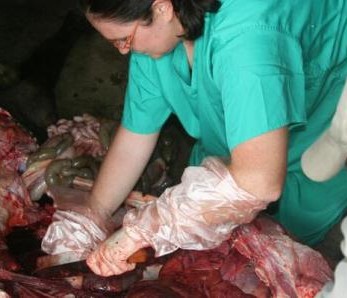
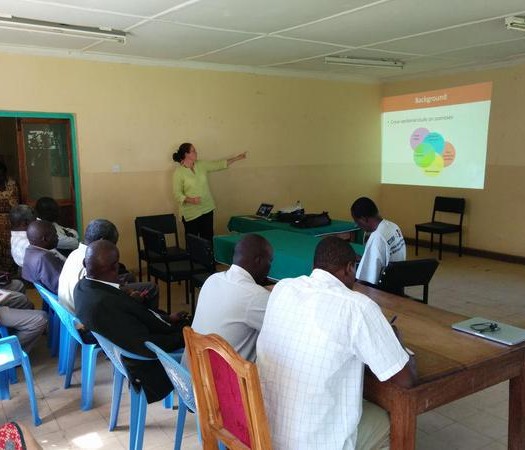
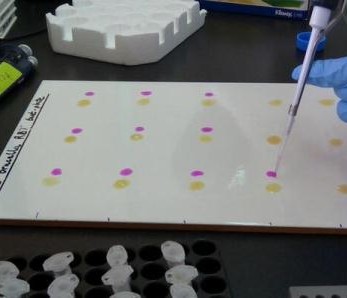
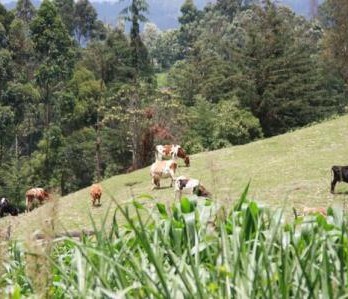
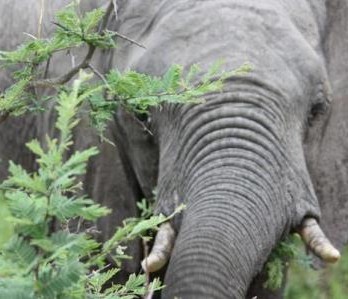
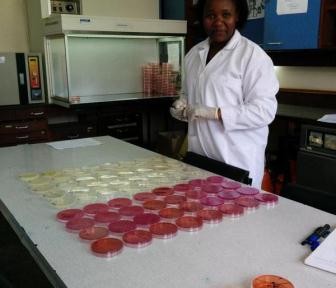
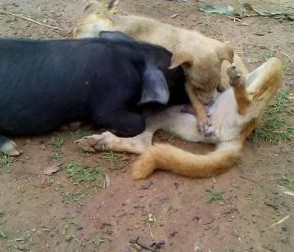
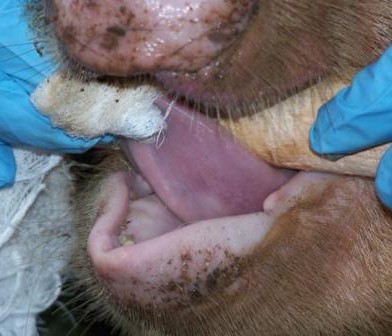
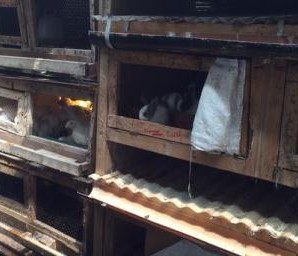
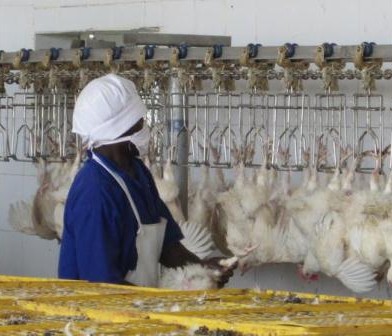
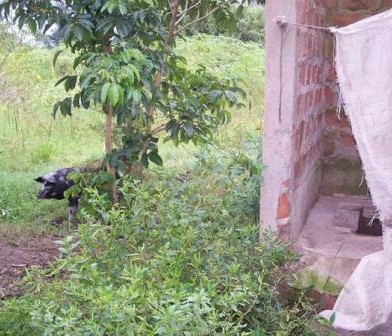
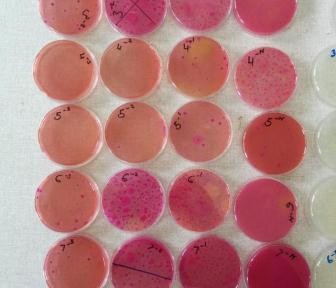
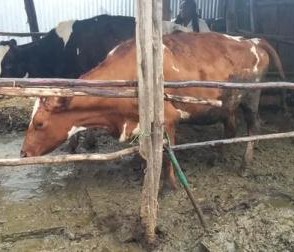
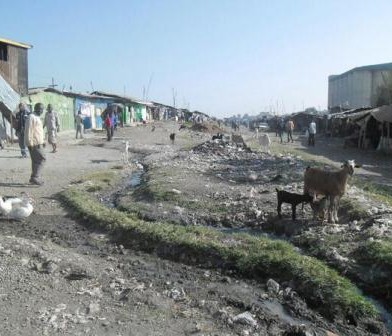
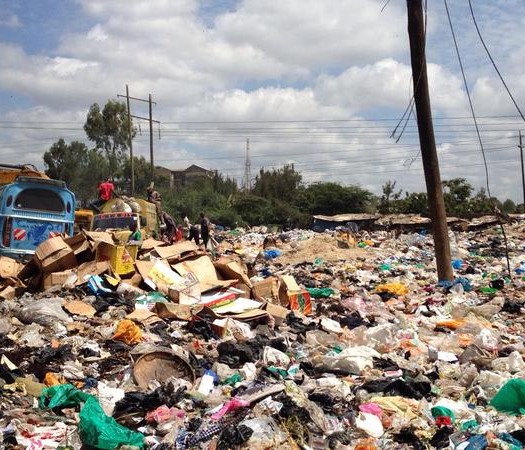
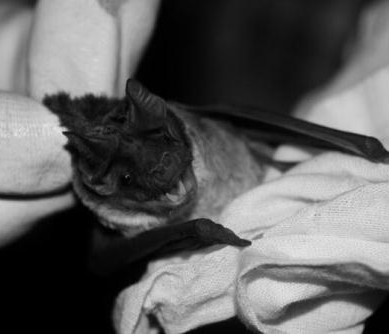
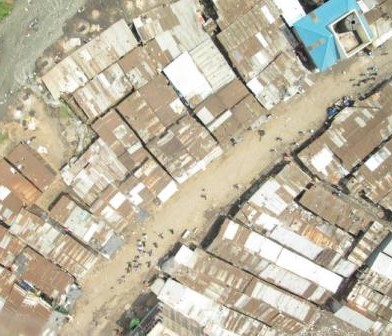
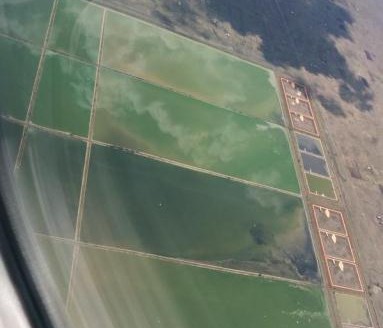
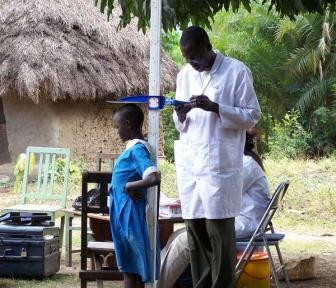
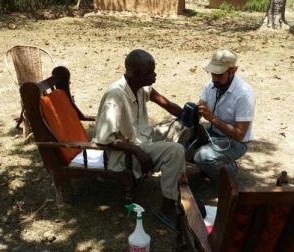
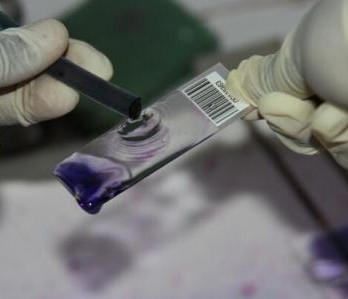
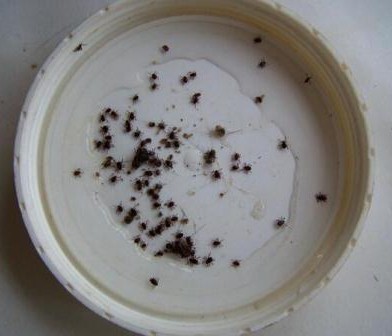
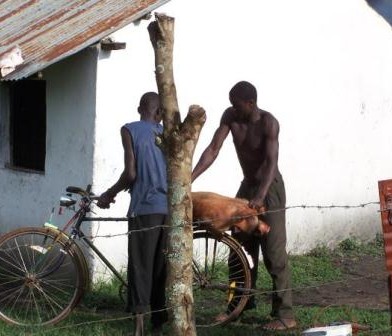
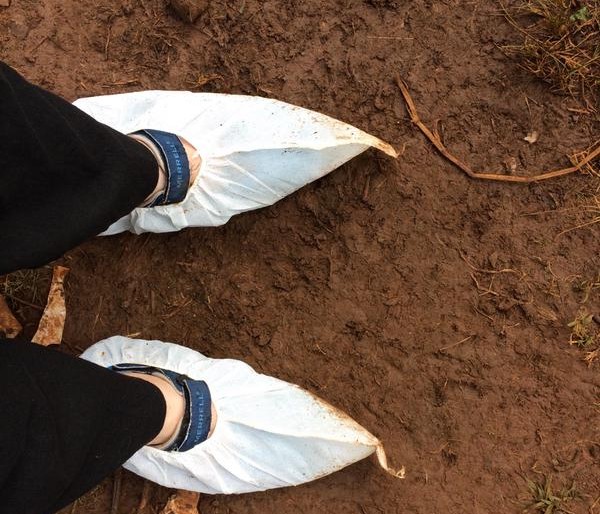
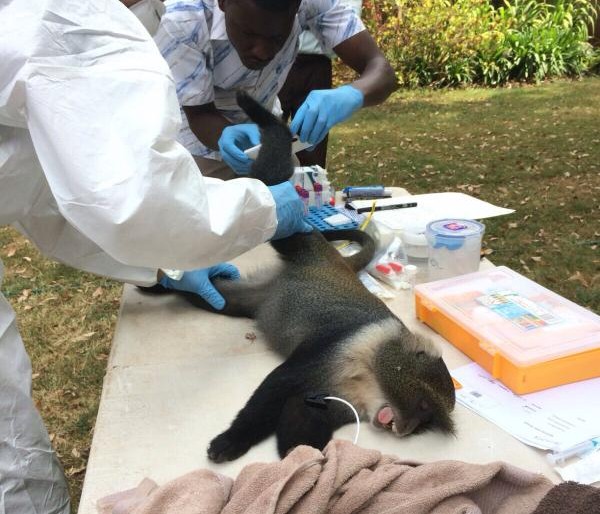


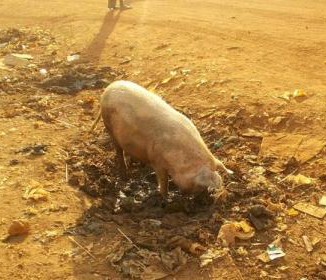
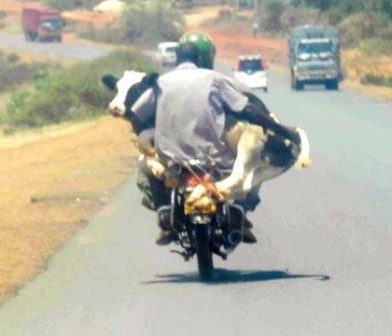
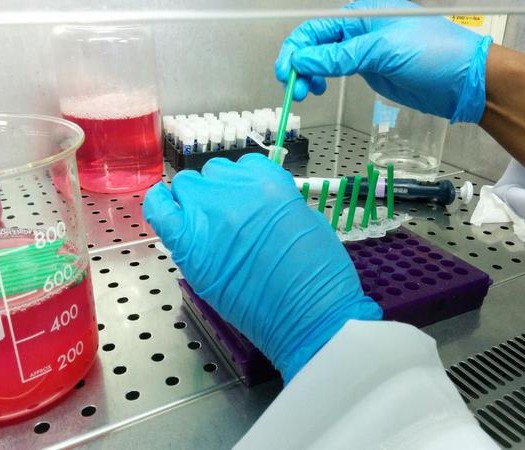
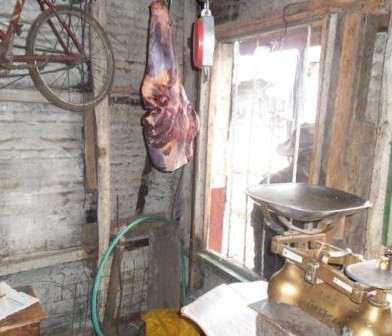
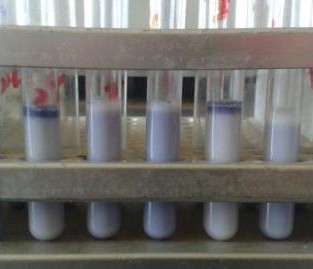
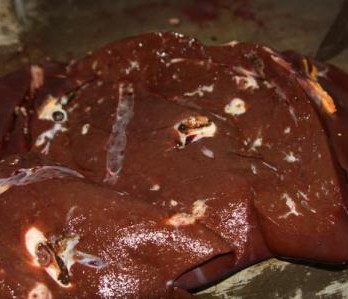
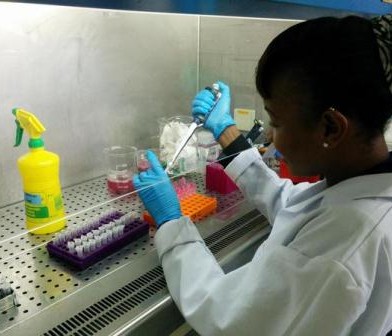
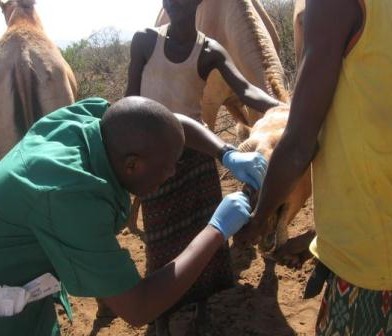
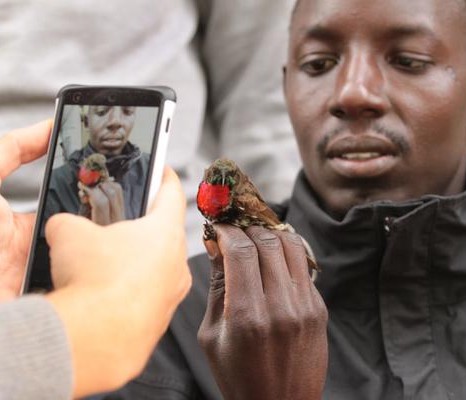
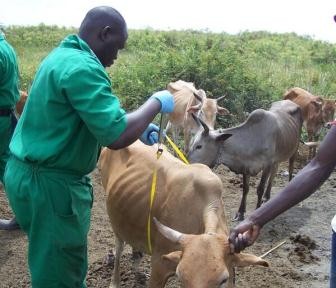
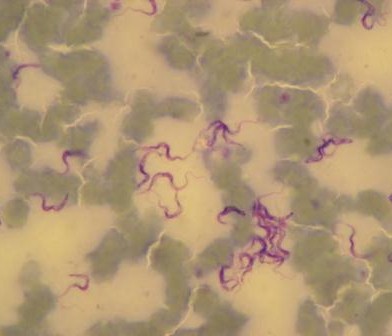
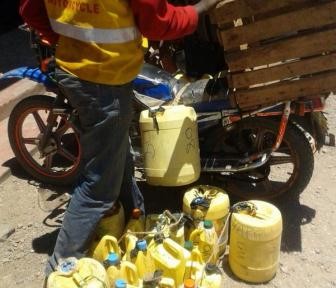
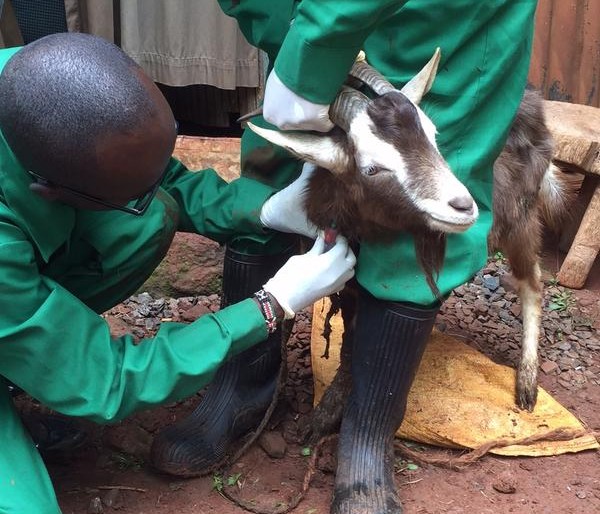
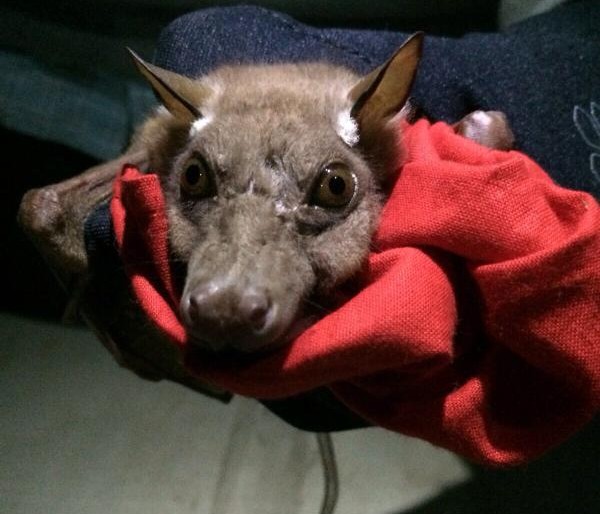

You must be logged in to post a comment.